Struggling to Find Unity on Gun-Free Zones
My oldest sons are magnets for social attention. Identical twins, mixed-race, each with a nimbus of curls, they garner lots of commentary. When they were babies, strangers stopped to ask after them, to peer into their stroller and coo. People noticed them wherever we went because they were Black and I was white, because they looked exactly alike, because there were two of them. We and they could not be anonymous.
In 2014, when Ferguson, Missouri police officer Darren Wilson testified to a grand jury recounting the events that led to him shooting and killing 18-year-old Michael Brown, he said that he “felt like a five-year-old holding onto Hulk Hogan.” Wilson was a little boy up against a monster, in this narrative. Brown stood out. So of course, Wilson used his gun to protect himself against an obviously monstrous Black man. Because of Brown’s death, my sons, their stepfather, and I had “the talk” about how they should behave if they ever talked to police. I made them memorize my phone number. I worried that they’d have to conceal their fidgety energy, to tamp down whatever frustration, anger, and fear they might feel. They’d need to always show their hands—to somehow project that they were not, would never be, a threat. They were four years old.
The following year, en route to school one day, we learned from NPR about the white supremacist murders of Black parishioners in their church in Charleston, South Carolina. Then in pre-kindergarten, my sons had already mastered their active shooter drills at school. Now, not even church was safe. They told me, “Sometimes white people feel very mad, and they take their guns and kill Black people.”
That same month, four days before the June 17 Charleston church shooting, the laws in Texas changed to privilege guns and gun owners, and so weapons were everywhere we went. Churches and hospitals were no longer de facto gun-free zones but were required to post legal signage prohibiting weapons if they wished to remain gun free. While the law was being discussed and voted on in the state legislature, my husband and I felt led to speak during meeting for worship, after worship, and at length during business meeting about the need for refuge from weapons and for Friends to serve as a pacifist bulwark against the encroachment of those weapons into public life. These discussions continued in the months and years following the law’s passage. We were convinced that the meetinghouse property should be an official, legal “gun-free zone.” And we shared that as Black boys, my sons—who had attended meeting in utero—had a healthy and rational concern about guns being used against them. They knew that police violence existed, and they’d heard about the Charleston shooting and were afraid.
Our meeting did not want to post the legal signs prohibiting guns. In conversations and in business meeting, Friends were resistant, dismissive. We were told that the signs were ugly and scary, and they would mar the appearance of the meetinghouse. We needed to remember that the entire city used our beautiful meetinghouse. Gun owners should feel welcome. Energy focused on whether white young Friends and neighbors passing by might feel upset and afraid seeing “no guns allowed” posted. One Friend complained that my pacifism was “extremely negative” and that this was not in keeping with Quaker practice. The language I’d been using came from the 1660 declaration, in which Friends publicly stated: “We utterly deny all outward wars and strife and fightings with outward weapons, for any end, or under any pretence whatsoever.”
Many Friends were also concerned that posting the signs would make the meeting a target, and that we would be unable to fight back. There was a lot of discussion about what everyone would do if someone came to meeting bearing a gun. One Friend said that “Quakers see the best in people,” and so therefore we shouldn’t be afraid of guns in our worship space. Another member, an older white man, told me that he’d watched the Sandra Bland video and found her behavior to be quite rude. She had a terrible attitude with the state trooper who stopped her. But my sons and I had nothing to worry about when it came to police violence, he said, because I was teaching my sons to be “polite, nice, and positive.” Another Friend called me and said that I seemed “very afraid and upset about gun violence,” and asked, how could I feel more hopeful? But I wasn’t really just afraid or upset. I was incredibly, incandescently angry. Racist gun violence wasn’t just some abstract topic my family could put up on a mental shelf while we focused on being more upbeat and likable.
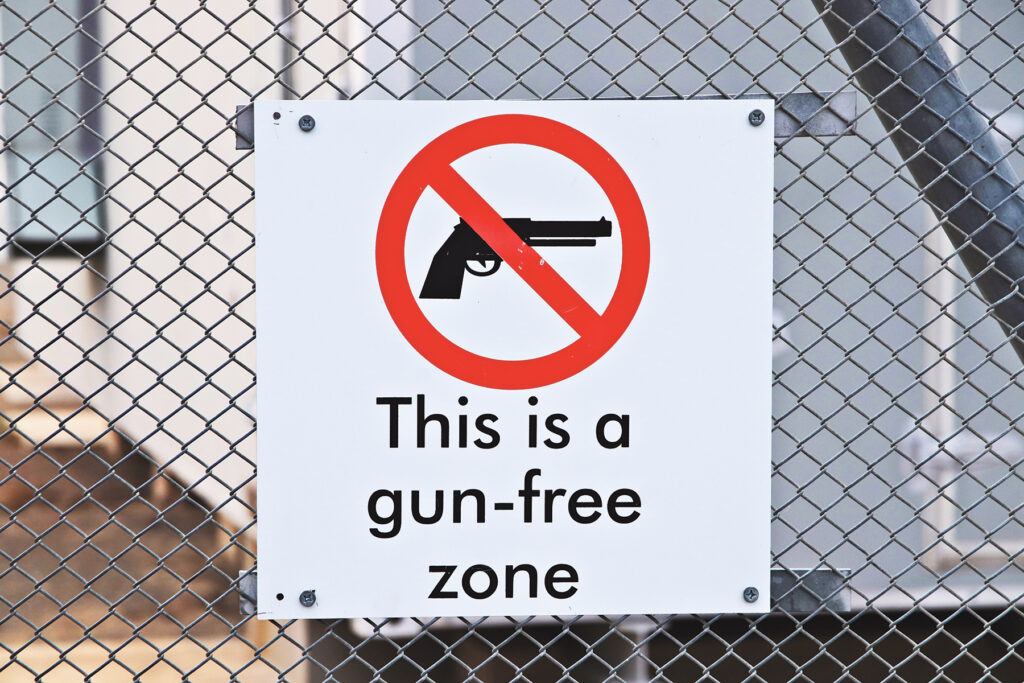
My twins were born during the optimism of Obama’s presidency, but they have never been free of racism. They can’t put it aside when it gets too burdensome. They might be the politest, sweetest boys in the world, who read fat novels, play Dungeons & Dragons, and make popcorn on Friday nights for their little brother. But now that they have passed the invisible threshold of adolescence, they are also identified as “other,” as threatening. And it’s not just the police who see them that way. I often wonder if our Latinx, Asian, and white neighbors do too. Once, when neighborhood parents realized their kids invited mine to their birthday party, my sons were later uninvited, told “there’s not enough room” for them to attend. When my sons have played in the park, neighbors later posted about “scary, urban looking youth” on our neighborhood Facebook group. On another occasion, after their father came to pick them up, neighbors pushing a baby stroller swiveled their heads, staring, and did laps around the block.
Last summer, we watered a community garden using a neighbor’s hose, for which we had received permission. As we got ready to leave, I sent one son to turn off the tap. The man next door stopped him and questioned him: What was he doing there? What was he “up to?” When I knocked on his door to introduce us, to note that we’d lived in the neighborhood for over eight years, and to explain exactly what we were doing, he and his wife shrugged, stone-faced. They didn’t apologize. “We just wanted to be safe,” they told us, as if it made perfect sense to interrogate a 12-year-old boy as to whether he was a burglar. I thought of Ahmaud Arbery, murdered two years earlier while jogging in a neighborhood by vigilantes making sure that a house under construction was safe from trespassers.
In his 2014 essay, “The Case for Reparations,” Ta-Nehisi Coates argues that Black history, and the history of enslavement, cannot be disentangled from American history. Nor can it be separated from genuine, clear-eyed patriotism. As he notes, “to proudly claim the veteran and disown the slaveholder is patriotism à la carte.” We cannot claim Washington and Jefferson as noble Founding Fathers without also acknowledging that they owned other human beings. Washington’s dentures were not made of wood but of the actual teeth extracted from the mouths of those he enslaved. Jefferson inherited his wife’s half-sister, Sally Hemings (who was herself the product of rape), and began to rape her when she was an adolescent, eventually impregnating her multiple times. He never freed her. Coates argues that to be a patriot is to hold your nation and community accountable for the immense moral wrongs it has committed. The man who wrote “all men are created equal” did not apply that in his own life. The stain of slavery’s sin affects all of us, a birthmark we can never scrub away.
To stare squarely at history means to acknowledge that stain. It means considering fully our inherited realities, even when they make us feel ugly. While it is unpleasant for white people to think about the realities of racist violence, it’s far worse for Black people to live through it. Seeing a “no guns” sign might be scary for an extremely sheltered white child, but there’s no Black kid in America today who isn’t aware and afraid of real guns used to murder real Black people.
A Friend said that I seemed “very afraid and upset about gun violence,” and asked, how could I feel more hopeful? But I wasn’t really just afraid or upset. I was incredibly, incandescently angry. Racist gun violence wasn’t just some abstract topic my family could put up on a mental shelf while we focused on being more upbeat and likable.
My own Quaker family has been in North America since before the United States existed. I was raised a Quaker, and my sons and I met my now-husband at potluck after worship. We married and became a family under the care of that same meeting a few years later. I have raised my sons with the same values and tenets that undergird my own spiritual life. We recognize that of God in others; we do not use weapons or fight physically; we do not concern ourselves with status; we try to do rather than only say; we speak truth to power; we speak and try to live plainly. Coates’s essay includes images of eighteenth-century written statements from Philadelphia Quakers Amy Hornor and Hannah Dawr manumitting their slaves from bondage. He discusses the role of men like John Woolman in galvanizing Friends toward abolition, and notes the Friends who provided monetary reparations for their emancipated slaves. These are excellent examples.
But here we are, some 300 years on, still grappling with what “equality” means in practice. We’re still witness to Black bodies falling victim to neighborhood vigilantes and frightened, offended cops, and we’re still debating if Black people are allowed to worship in genuine peace. Our family wanted our meeting to post signs demarcating the meetinghouse and First-day school spaces as gun-free zones where everyone could feel safe, an act that we viewed as in keeping with 400 years of Quaker pacifist tradition.
In the end, our meeting decided against posting the legally binding signs banning weapons on the property, as per the change in the state law. Instead, they made a self-made sign and cards merely asking visitors to not bring a gun into the building. These self-made signs were understood to be “less ugly” than the legal signage that my family had requested and did not legally prevent concealed carry of weapons. Also, they were only used when the building was open for explicitly Quaker activities, not for the many weddings, events, or artspace activities that are held in the building. The self-made signs did not apply to the separate building where First-day school is held. My family’s concerns went unaddressed. We never stood aside.
When the request for change comes from (or concerns those) at the bottom of the social hierarchy, those at the hierarchy’s top all too often reject it. Carlton Waterhouse has argued that those with high status will often suggest that the harms of history did not happen, or that victims were somehow deserving of their mistreatment. Those with high status will change the subject, ignoring the needs of real Black boys to feel safe in worship. They’ll offer welcome instead to hypothetical gun-owning passersby. They’ll suggest a Black woman profiled by police for the umpteenth time was incredibly rude, and thus that her death was appropriate. They’ll claim that an unarmed Black teenager was monstrous in size and thus deserved to be murdered by a policeman bearing a gun and a Kevlar vest.
Systemic racism in the United States touches every aspect of our lives, and it’s up to us to address it when we see it. In the seven years since we left, no one from our meeting has asked why we stopped attending. No one has attempted repair.



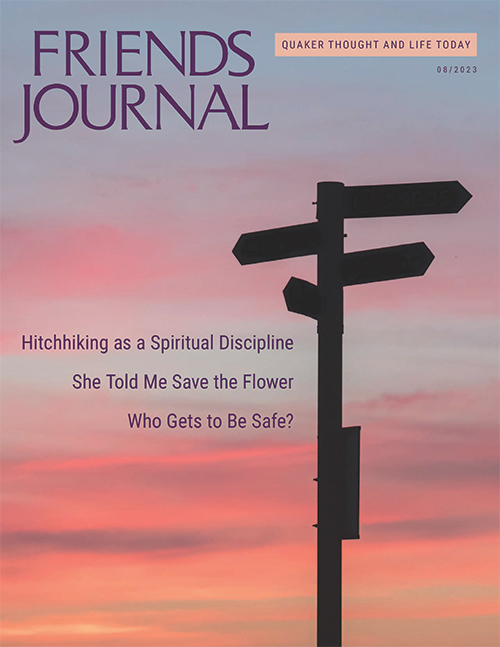
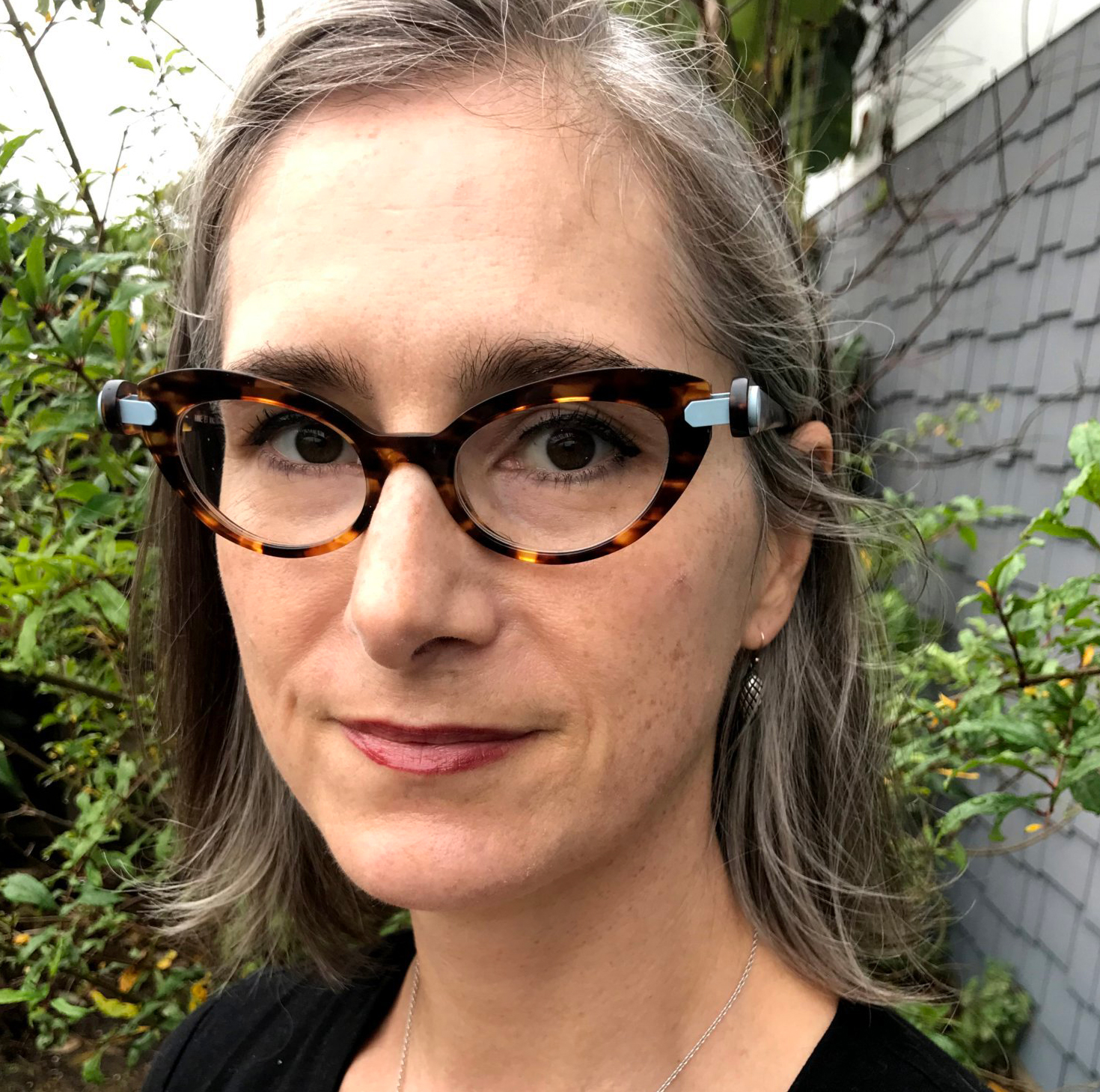
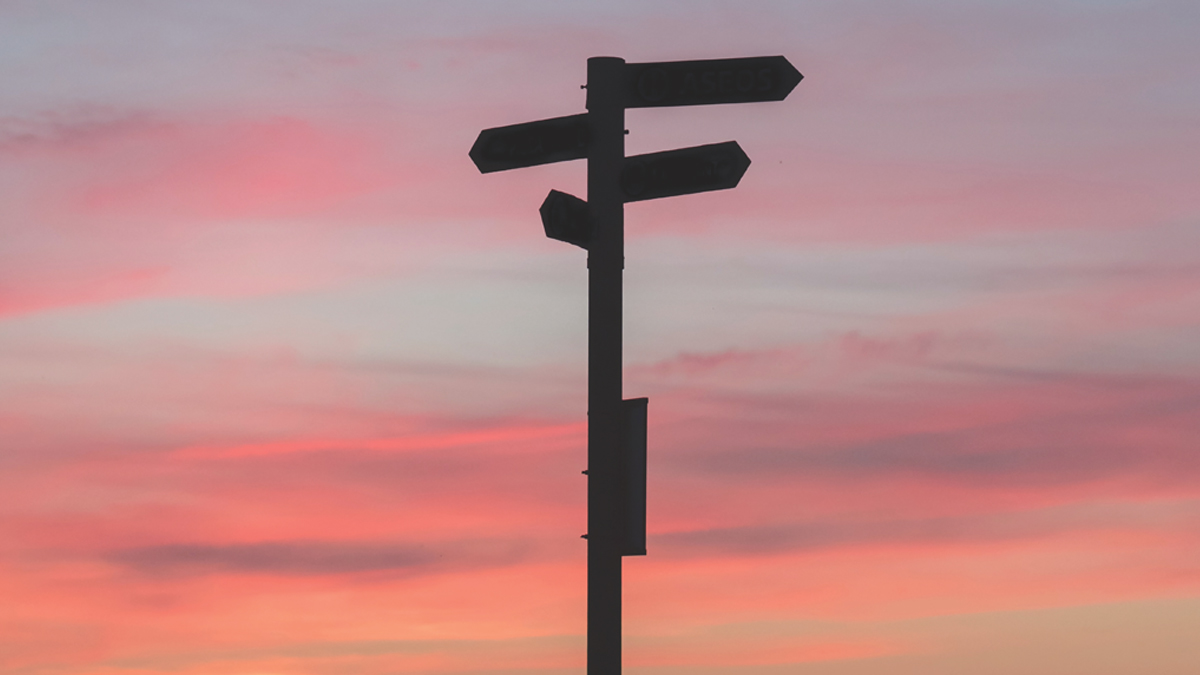
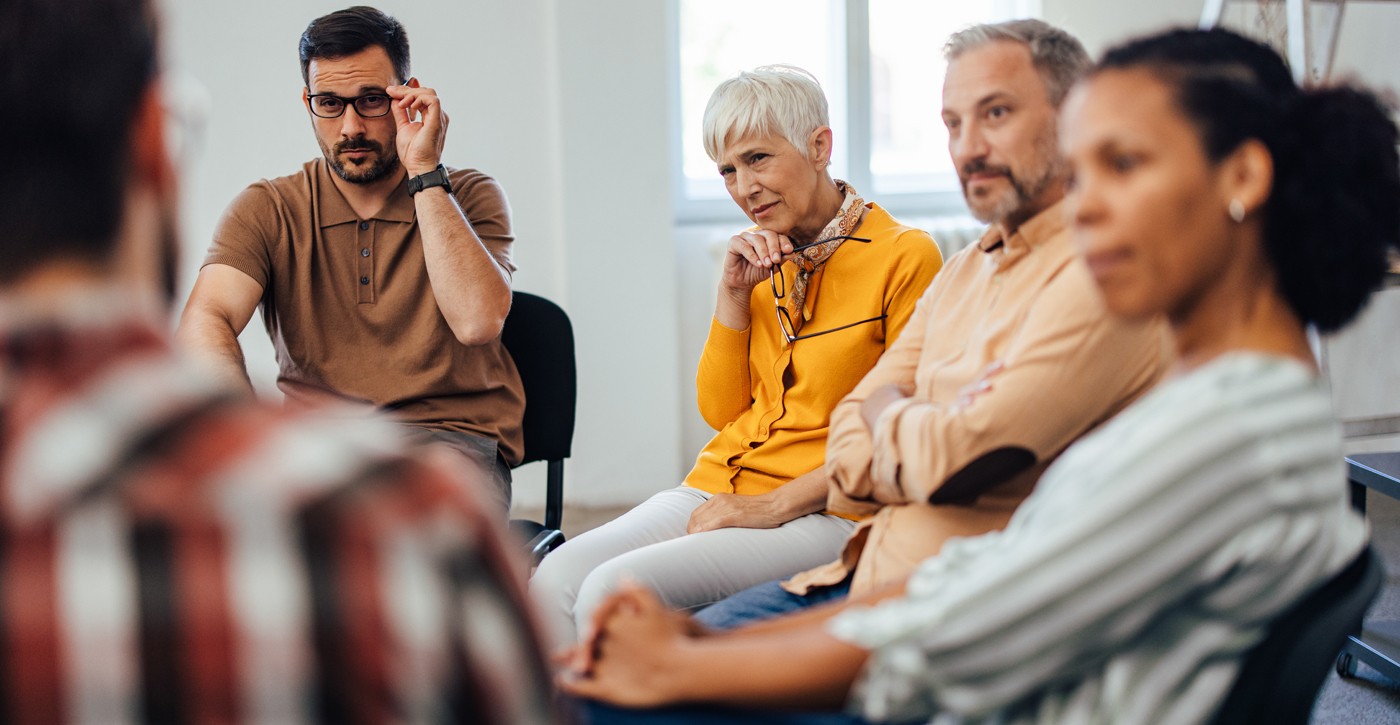
Katharine Jager’s article in Friends Journal moves me. It brings me pain and sorrow that we live in a world and in American society where her sons have faced racism, been “othered,” and have grown up learning how to “behave” when around law enforcement–all things that white children of their age have not experienced. As people of humanity and as people of faith, we recognize the inherent equality of all persons in the eyes of the Divine. We can and we must do better.
This Friend’s writing spoke to me on a level that I have not yet felt. Perhaps it is the proximity of these concerns to my own faith community–the monthly Meeting of which I am a member is in the same quarterly meeting as the one of which Katharine writes. I feel that we Quakers aren’t doing enough to resist pro-gun laws and the increasing societal militarism which make our communities less safe by giving a free pass for anyone to own and carry a gun. As technologies like 3D printing continue to advance, I’m fearful that more guns will make their way onto streets, in the hands of domestic terrorists who are so often affiliated with white nationalism. While I respect and value Quaker process, I feel that sometimes Friends focus too much on the process and we find ourselves in what the U.S. Senate Chaplain Barry Black said is a “paralysis of analysis.” As one of the central tenets of our faith is peace and resisting injustice through dedicated and intentional nonviolence, we don’t do enough to encourage nonviolence in our communities. Friends Peace Teams do a wonderful job of AVP workshops and trainings in communities that are plagued with violence, but so often I find that the wider community of Friends does not work enough in the larger community but rather within our own faith communities.
I am sorry that this article had to be written and that anyone feels this anguish and sense of unsafety. I am thankful for Katharine sharing her story, and I am thankful to have the perspective of a white Friend parenting young Black men in America.
As a Black attender of San Francisco Meeting, I thank you for writing this. It is distressing to me that members of any Quaker meeting would react to your completely reasonable request in such a racist and hostile manner. Allowing guns into a place of worship should be completely unacceptable, particularly for Quakers. I came to the Friends specifically because I am a pacifist and wanted to find community with fellow pacifists.
I feel such grief, reading Katharine Jagar’s article. I grieve for the very realistic fear Katharine has for the safety of her sons. I have such sorrow for the absence of support her family should have received from other members of her meeting, both while they advocated for a sense of safety and after they left.
And I grieve for the people of Texas (and so many other states) who find themselves in an environment where guns appear to be a necessary presence in their lives, despite all the evidence of the damage they do, physically and emotionally.
Many of our Meetings fall short in creating a loving and mutually supportive community of faith, grounded in an experience of recognizing God in our relationships with others. But we must keep trying – “let us see what love will do.”
I would like to be able to reach out to Katharine Jager in sorrow and support of her very reasonable anger. I hope her former Meeting puts up the sign that legally bans guns.
I’m not quite sure what this article is about. Is it about (a) racism in the United States, or (b) the way the local Quaker meeting landed on a decision? Or both? The local Quaker meeting has little control over (a), so let’s focus on (b).
On the one hand, the local Quaker meeting did spend a lot of time trying to land on a Goldilocks solution — a “gun” sign that was neither too hot nor too cold.
On the other hand, the local Quaker meeting landed on a decision for which Ms. Jager never stood aside, and over which Ms. Jager has been agonizing for seven years, with no one from the meeting ever asking why the family stopped attending, and with no one attempting repair.
I’m hearing only one side of the story, so I don’t have all the facts, but I do have to ask — Who dropped the ball here? The local Quaker meeting? Ms. Jager? Quaker decision making process? All of the above?
There is no Goldilocks solution to gun violence. You are either alive or dead or injured or living with the real and sane fear that your children might be shot. We can not change the fact that slavery was part of the founding of our country and has left a deadly reality of racism. We can do the very minimal thing of putting up a sign legally banning guns in a place of worship. Then we can use Quaker process to deal with issues such as how that might make our Meeting a target and how that might contain a leading to stand against racism and help our white children be proud and skilled in working against racism as they stand in solidarity with members of their Meeting who are at risk. Seldom do we face an issue that is so clear. I live in California where there is no law like this and I pray for those living with laws like these. I hope Ms. Jager as found a supportive community with which to worship.
1. Please re-read my posting. I did not say that the monthly meeting was looking for a Goldilocks solution to gun violence. I said that the monthly meeting seemed to be looking for a Goldilocks solution to what kind of sign to put up.
2. What’s the minimal thing to do is a matter of opinion. As I said, I’m hearing only one side of the story, so I don’t have all the facts. But based on what I read, it sounded like the monthly meeting might have had a different opinion: “In the end, our meeting decided against posting the legally binding signs banning weapons on the property, as per the change in the state law. Instead, they made a self-made sign and cards merely asking visitors to not bring a gun into the building.”
3. Put up a sign and then use Quaker process to clean up the breakage??? That seems backwards to me. First, strategize about the sign; second, put up the sign.
4. Racism is evil. That’s clear. Use of guns for nefarious purposes is evil. That’s clear. Other issues are not so clear, such as what kind of sign to put up, and what effect ANY sign would have on a bad-guy intending to bring a gun into the Meetinghouse for nefarious purposes.
5. As I have said, racism and the use of guns for nefarious purposes are evil. But that was not the thrust of my posting. The thrust of my posting was about Quaker process. I have sat through many Quaker process meetings that drag out forever (some take months), and it sounds like this is what happened in the Texas monthly meeting. Well, if something is going to drag out forever, the least one could expect is a win-win solution, rather that the lose-lose solution that seems to have happened here. Where was the Spirit?
Hi William, I am a real person.
You note here that you are “hearing only one side of the story,” and thus “don’t have all the facts.” Why does this matter in a personal essay? I have written about my own experience, and that of my children. A personal essay is not “fair and balanced” journalism.
I am under no illusions that putting up a sign would “stop a bad guy with a gun” from entering a building. I live in Texas, after all. Guns are everywhere, as are mass shootings. The sign, ultimately, is not the point.
The point is and was that my sons’ powerful need to worship in a legally designated gun free zone was deemed unimportant. Their need was a fact, and it went ignored.
Katharine,
Thank you for engaging.
You state “I am a real person.” I’m not sure how to interpret that. I can think of at least two or three ways. In any case, if I have come across as callous, I apologize. I hope you believe me when I say that I am not callous to what you went through, and what you have been carrying with you for 7 years.
You may recall that the first sentences of my first posting were “I’m not quite sure what this article is about. Is it about (a) racism in the United States, or (b) the way the local Quaker meeting landed on a decision? Or both?”
So, by admission, I failed to get your point (“The point is and was that my sons’ powerful need to worship in a legally designated gun free zone was deemed unimportant. Their need was a fact, and it went ignored.”)
Now I get your point, and I “feel your pain.” But are “unimportant” and “ignored” the right words? It was important enough to hold meetings about. And a decision was rendered, so one can’t say that it was ignored.
I have a point, too, but it is a different one. It is about how Quaker process sometimes does not seem to be Spirit-led.
The Bible speaks of love (1 Corinthians 13) and the fruit of the spirit (Galations 5:22-23). Were these key ingredients part of the process that transpired 7 years ago?
Katharine Jager’s local Quaker meeting may have little control over racism in the United States, but perhaps the problem is that racism in the United States may have more than a little control over Katherine Jager’s local Quaker meeting.
You state “perhaps the problem is that racism in the United States may have more than a little control over Katherine Jager’s local Quaker meeting.” This is ambiguous, but it sounds like what you might be saying is that instead of the Spirit being in control over the Quaker process meetings, that racism was “more than a little” in control? Or, to put it another way, if Katherine Jager’s local Quaker meeting wants to put up a “soft” sign instead of a “hard” sign, and if they can’t be convinced to put up a “hard” sign, then racism must be “more than a little” in back of it?
I said “may” instead of “must,” and that was for a reason.
I hope this article results in a deep discernment in the Friends Meeting mentioned, and in Friends Meetings everywhere. How complicit are we in systemic and pervasive racism? How much are we willing to weaken our testimonies in order to be accepted by the greater society?
May this article be a call to every Friends Meeting to engage deeply in our own racism and social privilege.
Katharine Jager’s article just breaks my heart. Guns are (or should be) anathema to Quakers. It appears the local meeting focused on fitting in with the local (gun) culture of Texas to the point of obliterating its principles and values. Guns have no place in Quaker meetings!
There is no question there is racism in America and the world I imagine and you knew that before your union. Racism is wrong and in this society. You should be frighten for there are many people with mental disabilities who can ill use the gun. The gun is a tool like the Internet that when placed in the wrong hands could cause harm to individuals. I understand your concerns for your family.
I’m curious, did you and your husband think the danger could manifest itself from both the outside and inside? I ask for not all Friends are pacifist and some have conceal carry permits. Also does your Mennonite Church post those gun-free zone?
Very sorry you and family felt it necessary to leave your meeting, hope all is better in Houston for you & yours.
Peace, ET Dahl
The Mennonite church has clearly placed, legal signage banning guns. If they didn’t, we wouldn’t attend.
My objection to weapons of outward violence, like guns, is that they’ve become normalized as our society becomes increasingly violent, volatile, militarized. The danger that they pose is omnipresent, especially in Texas.
I am a religious pacifist by birth and by convincement. But in my own family, there are gun owners, including my brother who served a decade as a police officer. It’s not my business whether individual Friends are pacifist, carry weapons, serve in the military. As Fox told Penn, “carry the sword as long as you can.” But I do care very much about the corporate decisions that Meetings make regarding the presence of guns in our space of worship. Weapons don’t belong in church, and that is an ancient prohibition that predates Quakerism by centuries (it’s why Thomas a Becket became a martyr, after all.) And I care that the government in my state has privileged and prioritized guns over human beings.
Thank you for your piece. Quakers are so worried about staking a position. We are often operating from a scarcity mindset. I know of a Quaker meeting with no less than 3 signs in the foyer about not leaving stuff unattended because the meeting previously had thefts when the building was open to public use. What are we saying to guests about safety when we are more willing to have signs like that but not banning guns? We are letting our feeling of being scared or not offending rather than being willing to make bold statements about our faith and what we hold most dear.
Into this debate I have a question; The Friends meeting referred to above in this feed – was it A structured meeting or un’ubstructured’?
I ask because from listening to American Society of Friends the two persusions sometimes hold radically different views on both worship and society.
It was an unprogrammed Meeting.
How do we interpret Jesus allowing his disciples to carry swords (the latest cutting edge technology) in the garden? Jesus clearly did not want the swords to be used for violence, but seems to be ok with having weapons for comfort and/or defense.
In Texas, what consequence would there be for someone violating a proper legal no gun sign? In other words would a legal sign or a homemade sign make much or any difference? Is Quaker civil disobedience of laws relevant here? A request is a voluntary choice of love, a law is mandatory backed by potential force.
If we’re concerned about death, please avoid media drama and research the statistical data, which certainly shows far too many minorities dying, but far more by abortion or smoking than guns, which are also a problem, but >50% of gun deaths are suicides.
How would we feel if schools did not educate kids about safe driving, safe sex, and drug safety? Is leaving kids in the dark about safe and responsible gun handling and operation a good idea? Should kids be educated about guns by videos, games, and peers? Why not have professional adults responsibly guide kids to understand guns should never be used to harm others, as there are many other options to protect oneself before such a desperate and dangerous last resort?
The way to reform the system is to reform police and adult training, as people almost always respond as trained. Unfortunately, police are traditionally trained to aim for center of mass, which really means shoot-to-kill. No warning shots, no aim for legs, not to mention all the far less aggressive solutions, starting with listening and asking questions. Police training for implicit bias and mental illness would help. Better yet, a partner trained in psychology or social work and conflict resolution to talk down rather than escalate volatile situations would be far better to protect all lives in the vast majority of cases. That partner could be a dispatcher who could watch and talk remotely, so all parties know everything is being recorded, and who is well trained to engage in deescalating constructive conversations.
Hope that helps.
My heart feels the weight of the struggle expressed in the article and I hold all of the individuals involved in the Light, even on to the wider community with similar issues.
The lack of a sign on the 1st day school is especially troubling to me.
I am led to address questions in the previous comment with answers from my studies.
In the first reference to the “garden swords” they are together with the change purse and thus implements of betrayal that specifically, clothing could be sold for. Betrayal is not defense nor comfort. In english translations Jesus is often quoted as say “it is enough” about the 2 swords, in my understanding the Greek reads something more akin to “in substance this is excess”, and not “yeah that seems good.”
Peter betrays the message of Peace with a sword in the garden and is admonished for it, then Jesus heals the wound.
Later Peter says he is not a disciple and warms himself by the fire, it seems he sold his jacket and feels guilty of betrayal of the gospel by bringing a sword to the garden at all.
Quaker testimonies promote adherence to civil law and civic duty and not general disobedience of law. Civil disobedience testimonies pertain to specific laws that through discernment are found not to have Truth in the Light.
Having laws and enforcing them is not devoid of Light. The issue America is struggling with is compassion and equality in justice. The current Norwegian model of incarceration and justice is worth examining in the reforming of the American system.